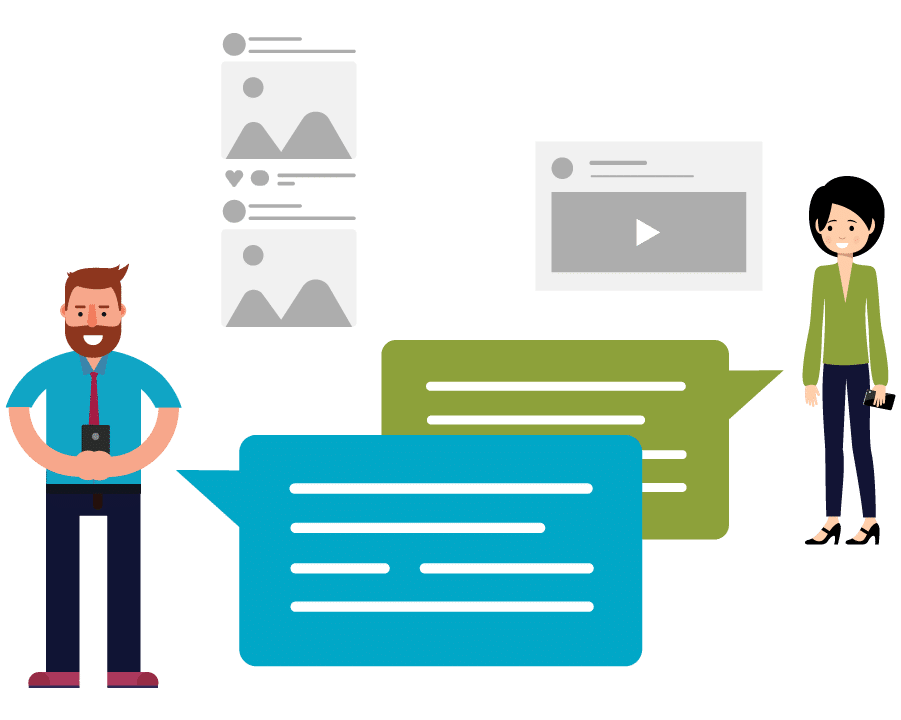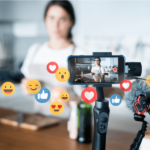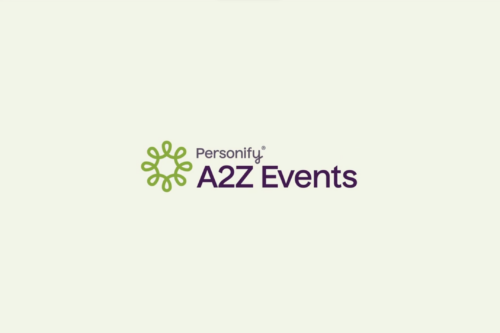One thing the pandemic has taught us all is the importance of living in the moment.
As I have started my virtual meet-ups, webinars and as the host of the Planet Leadership Podcast I have asked, “If you could go back to the second week of March before the COVID-19 lock-down, what would you do differently?”
While I would have expected most event professionals to say things like “purchased the pandemic insurance cancellation rider” or “update their playbook to include such a catastrophic event” (or at least “buy more toilet paper,”) the first answer has been around cherishing those face-to-face interactions with colleagues, friends and family a little more. Having watched my daughter hug her grandmother (with masks, of course) and cry, having not seen her in person in months, it hit home even more.
It only makes sense. We are driven professionally by those same motivators of face-to-face interactions that we naturally crave.
Take Action
While we are all working to figure out the future of events in the online, in-person and hybrid worlds, I want to challenge us all to take the time to reimagine our events. We cannot continue to lick our wounds and hope for a better outcome. Hope is not a strategy since we will most likely be co-existing with COVID-19 for the foreseeable future.
Let’s DO some of the things we have all talked about (myself included as an event organizer) forever. Year-long engagement is something every organizer has wanted to maximize for their events. Ironically, our in-person success has hindered moving this from the wish list to the to-do list.
What is a Community?
It is essential to broaden our definition of a community to incorporate all channels – events, social networks and online communities. Much like events, communities can be social places to learn, network, conduct business and share information or education. They create a place that allows constituents to interact with two trusted sources – an organization, association, or event they have an existing relationship with and their peers.
That trust creates a safe place for participation. And fortunately for organizers, audiences (of all types and ages) are already conditioned and accustomed to using digital tools to feel more connected and engaged. According to Statista, Facebook (a type of community) has 22% of female and 15% of male users that are over the age of 45.
Why Now?
People want or need to solve problems. Now more than ever, it is why they seek out events, networks or online communities. For event professionals, in-person experiences were the primary moment to fulfill this need. For decades, events have successfully connected audiences with content (education), and commerce (buyers and suppliers) and their peers with little interruption or decline.
Every activity has been driven around engagement in such a limited amount of time, typically 72 hours. The dramatic and sudden inability to meet in-person because of COVID-19 has highlighted the risks associated with placing the full weight of a successful engagement strategy on a singular activity – meeting in-person and the potential rewards of having a highly engaged community around your events.
Delivering Value
Having conducted hundreds of focus groups with attendees and exhibitors, the biggest requests of these audiences is two-fold. One is the desire to be more involved in shaping the event and the other is extending the event beyond the few days that people are together in-person.
Why? Because every audience invests a lot of resources, time, and effort to travel and attend an in-person event. Any way all audiences can feel more “invested” and “engaged” in your event, the more value (and satisfaction) it will drive.
On the education side, a community allows engagement with speakers and other attendees around the topics and issues important to the audience. Post-event, and even more importantly, learners want a forum to unpack those learnings and extend the value of the educational content.
For exhibitors and sponsors, the ability to connect and showcase products and services before the event generates greater brand awareness and creates even more meaningful in-person interactions on your show floor.
But Wait, There’s More
While it is cliché, there are so many other positives to list here by creating an events community.
I recently hosted a discussion on these topics:
- Education– How to leverage educational content and speakers for increased engagement, higher session satisfaction and improved attendance for webinars and virtual and hybrid events.
- Networking– How to foster genuine and meaningful networking among various affinity groups, on relevant topics as well as products and services (from your exhibitors and industry partners) before, during and after your events.
- Increase Attendance – How events communities boost attendance and drive earlier registration with less marketing resources.
- Revenue – How to monetize your community and involve key exhibitors and sponsors in the development, growth and success of your community.
- Market Intelligence – Understand the real-time information, analytics and data that event organizers can now have at their disposal with an events community.
So, let’s take this “pause” and start to think about how you can create a year-long event community. Not only will you find that it will increase engagement and satisfaction, but you will also better support all your event formats, virtual, hybrid or in-person.










